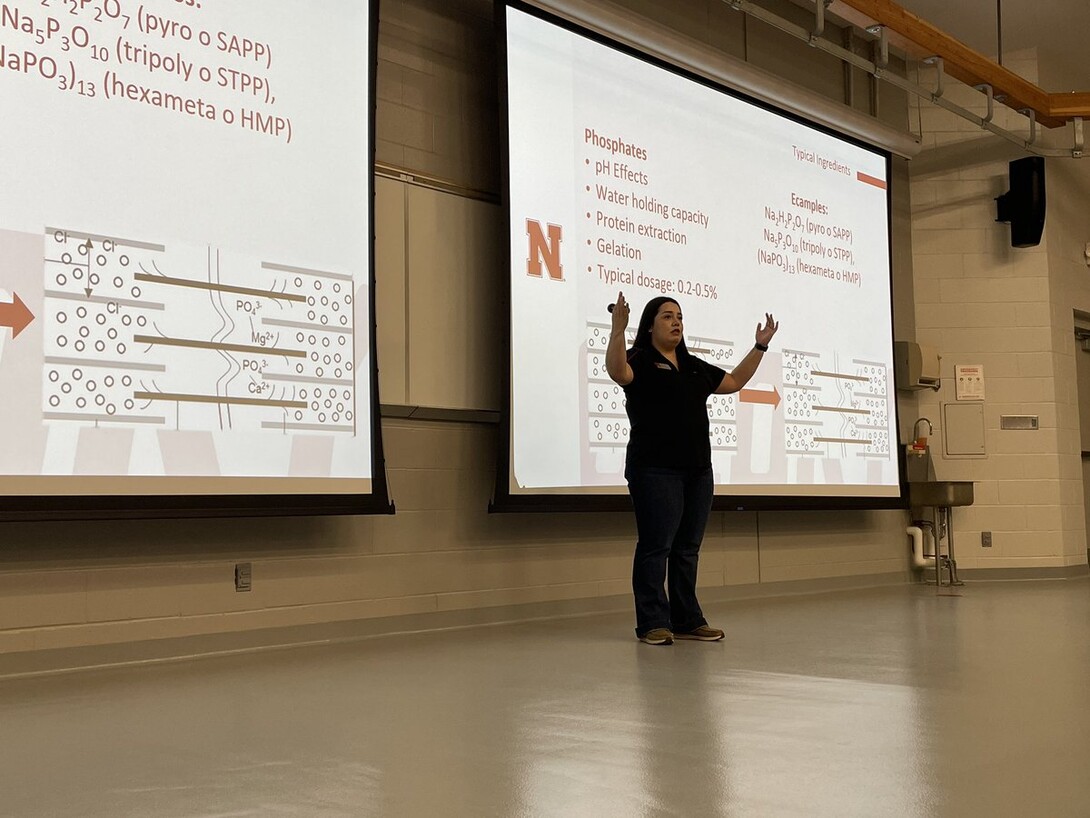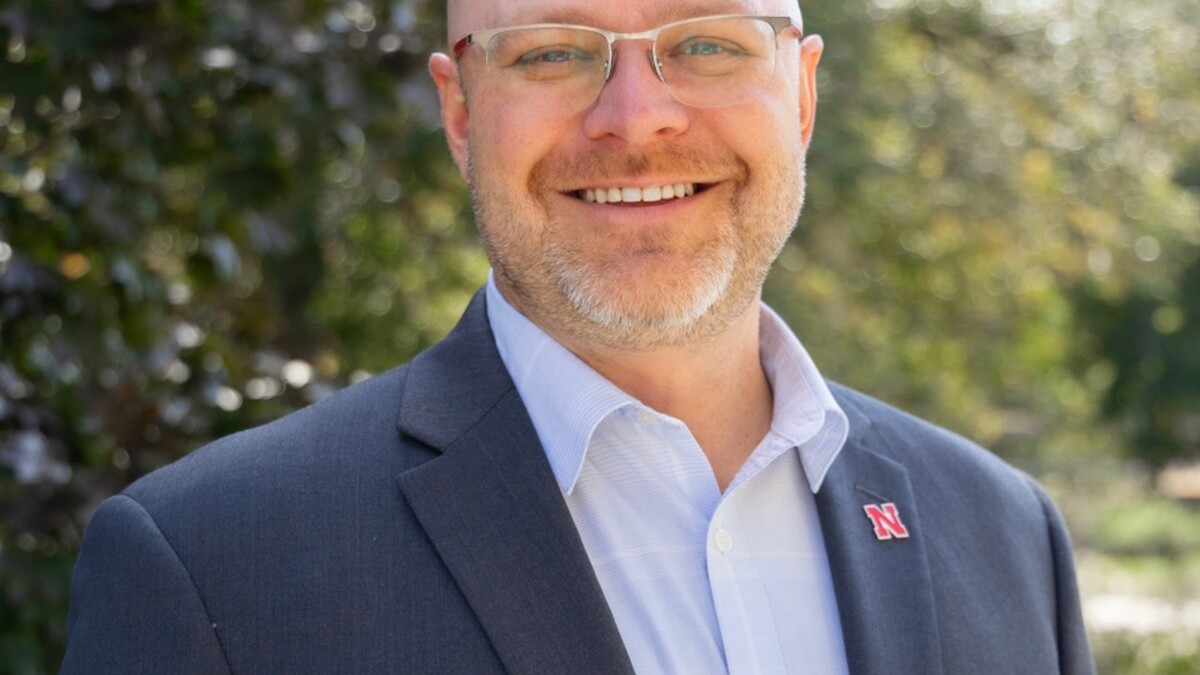
Lincoln, Neb. —Effective communication is vital for agricultural operations. To help meet that need, a class in the University of Nebraska-Lincoln’s Animal Science Department is offering specialized instruction in Spanish, focusing on practical use in modern agriculture and the food processing industry.
Taught by Leila Venzor, a doctoral student in Animal Science, the class is pioneering such specialized language study in the Midwest.
ASCI 42, Section 950 is offered one day a week in the spring semester and is open to any IANR student, although the focus is practical Spanish use for Animal Science majors. The course is non-credit, but the department is developing a digital badge to certify students’ language competence.
Latinos are the largest minority in Nebraska, accounting for about 11% of the state’s population. Over the last two decades, the number of Latinos employed in Nebraska businesses has almost tripled.
The UNL class isn’t instruction in the kind of broad conversational Spanish one would encounter in a beginning Spanish class in high school, said Venzor, a Fort Worth, Texas, native who grew up speaking Spanish at home with her parents. Instead, the class focuses on specific Spanish terms in agriculture, horsemanship and food processing, and phrases associated with basic communication involving those fields.
“It’s really more practicing those terms so that you can directly apply them,” said Venzor, whose graduate work includes scientific study of novel ingredients in processed meats. Venzor has worked part-time on such science for Archer Daniels Midland Company. Her work there also involved visits to food processing facilities in Mexico and Central America, and the experience honed her skill in understanding the practical application of Spanish in real-world workplace situations.
UNL students in her Spanish in Agriculture class say the instruction has had value for them.
“I wanted to take the class originally because I’ve worked with ethnically diverse people before on a hog operation,” said Kylie Dierks, a junior Animal Science major from Hastings. “The course did a great job of laying down basic agriculture terms so people could communicate even if there was a language barrier. Leila does a great job of explaining the differences between Hispanic cultures as well as professional and slang words for the same term.”
“Even if you don’t have any Spanish experience,” Dierks said, “it’s a good way to get exposed to the terminology,” since the class offers “invaluable knowledge to anyone looking to learn agriculture Spanish terms.”
Benjamin Niyodusenga, an international student from Rwanda, also praised the class. “Considering that it was only an hour per week, we did a lot more than I expected to cover in such a short period of time,” said Niyodusenga, a senior with an interest in community and regional planning.
Students “went through the daily phrases used in Spanish conversations and had a chance to talk to the native Spanish speakers from one of the high schools here in Lincoln,” he said. “It was a challenge to talk to the native Spanish speakers because it required getting out of your comfort zone and being confident during the interviews.”
Effective ag-related communication with Spanish speakers not only facilitates production efficiency. It also enhances workplace safety — a central focus for the class. “Production comes second to safety. We heavily emphasize that,” Venzor said. “That’s kind of the capstone of the course.”
Venzor gives credit both to those UNL figures who originated and supported the Spanish in Agriculture class and to others in the university community nationwide — Cindy Barnett, a professor at Murray State University in Kentucky, as well as Penn State University — whose work has helped her develop her approach to instruction.
David Velasco, a graduate student in Animal Science, created the UNL class several years ago with support from Chris Calkins, a professor in the department. When Velasco was set to graduate (he’s now a doctoral student at Colorado State University), the Dean’s Office for the College of Agricultural Sciences and Natural Resources (CASNR) said it was important to continue the class and offered the assistantship opportunity to Venzor.
“I've put in a lot of work to focus this class on Nebraska,” Venzor said. “Other people have developed resources that have made things easier for me.”
The forward momentum for the class is continuing. For next year, Venzor plans to extend the weekly instruction to 90 minutes.







